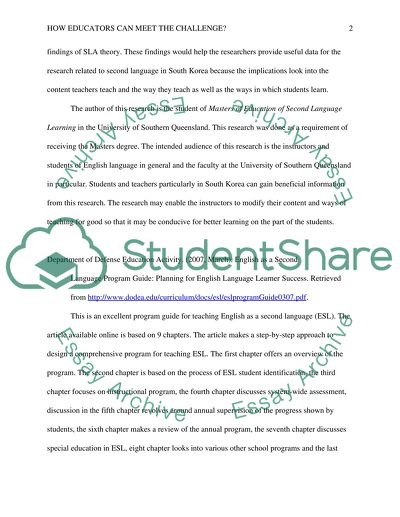Cite this document
(“How Educators Can Meet the Challenge Annotated Bibliography”, n.d.)
Retrieved from https://studentshare.org/education/1579016-how-educators-can-meet-the-challenge
Retrieved from https://studentshare.org/education/1579016-how-educators-can-meet-the-challenge
(How Educators Can Meet the Challenge Annotated Bibliography)
https://studentshare.org/education/1579016-how-educators-can-meet-the-challenge.
https://studentshare.org/education/1579016-how-educators-can-meet-the-challenge.
“How Educators Can Meet the Challenge Annotated Bibliography”, n.d. https://studentshare.org/education/1579016-how-educators-can-meet-the-challenge.


